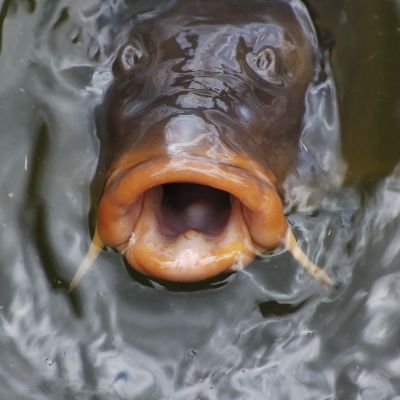
EU biologists have investigated the impact of vegetable ingredients in regulation of food intake of farmed fish.
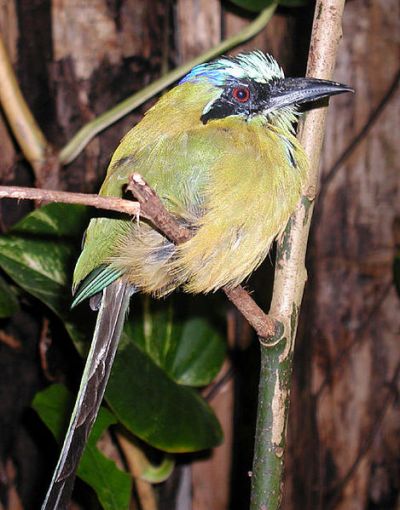
Researchers are investigating the unique reproductive behaviour of the Amazonian bird screaming piha as a foundation for conservation studies.
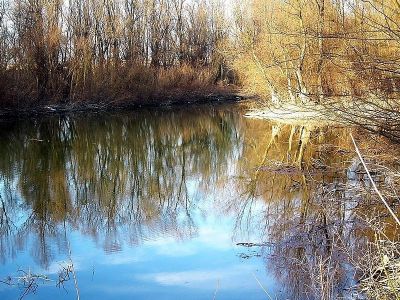
Invasive species are a major threat to the conservation of biodiversity and ecosystem function. Understanding their impacts and the abiotic factors that can influence their success is therefore of major importance.
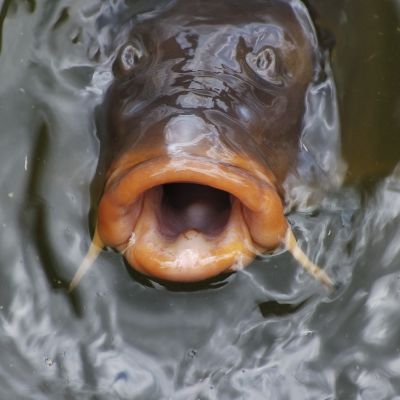
Scientists worked to fine-tune the composition of fish feed and feeding strategy to improve the cost efficiency of European seabass production. Work involved understanding the needs of seabass according to its life stages and environmental and physiological conditions.
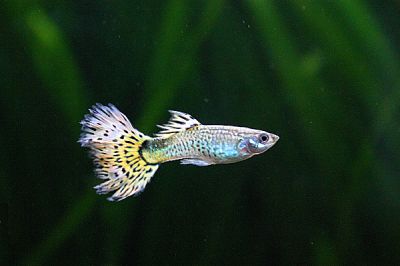
European researchers are investigating sexual selection and male reproductive success characterised by features such as swimming ability of sperm. The effects of ageing are proving to be particularly significant.
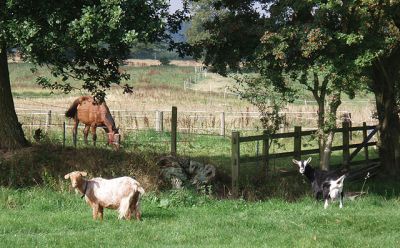
Animal disease research facilities across Europe are now connected in a network with coordinated efforts. This allows addressing existing and emerging infectious animal diseases with improved efficiency.
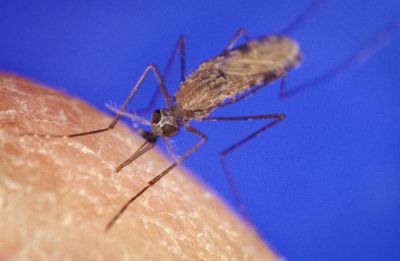
EU funding is backing the development of the most comprehensive toolkit to date to control the notorious malaria vector, the mosquito

An EU study developed two biomolecular approaches to specific identification of the remains of hunted whales. Doing so shed light on historic and prehistoric ecology, and hunting practices, which may help conserve the endangered animals.
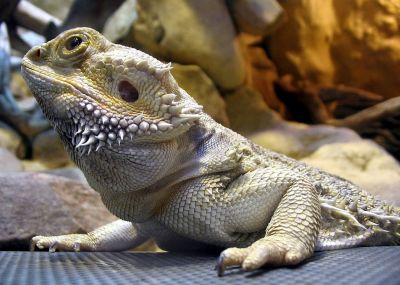
Oxidative stress, or damage due to free radicals, is a hot topic in science due to its role in cancer, infertility and ageing. Recently, EU-funded researchers conducted a unique animal study that sheds light on the process.
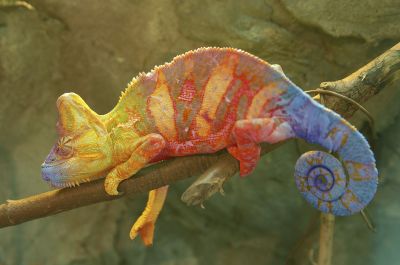
Researchers studying the genes that control colour variation in iguanian lizards have uncovered new clues about evolution and speciation.
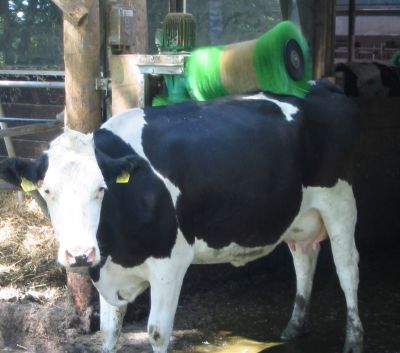
Consumer confidence is falling amid concerns over the health of commercial livestock. An EU initiative is designing novel approaches to improve the health of dairy cows in organic dairy farming.
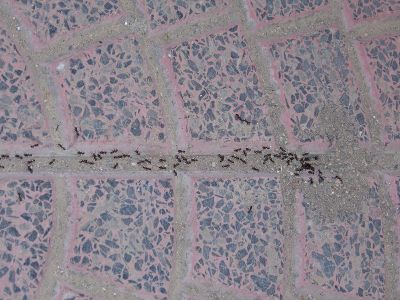
An EU study addressed the evolution of teaching in animals by examining the behaviour in ants. Considering mainly hunger state, the work illustrates how teaching benefits ants, especially regarding exploration and nest-site decision making.
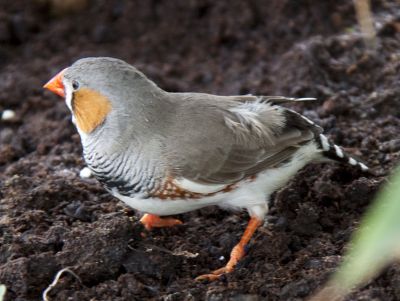
A recent research project has investigated the effects of poor nutrition on lifespan and reproductive success in finches.
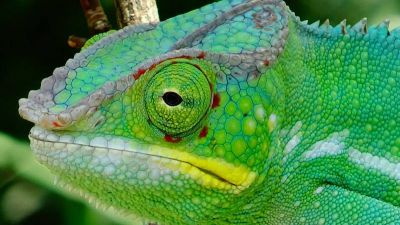
Such is our fascination with the chameleon’s ability to change its colours that the word ‘chameleon’ has entered our lexicon. It now also describes a person with the uncanny ability to alter themselves according to their situation. This week scientists revealed how the chameleon reptile manages this feat. However, they made no comment on the mechanics of chameleon-like behaviour in humans!
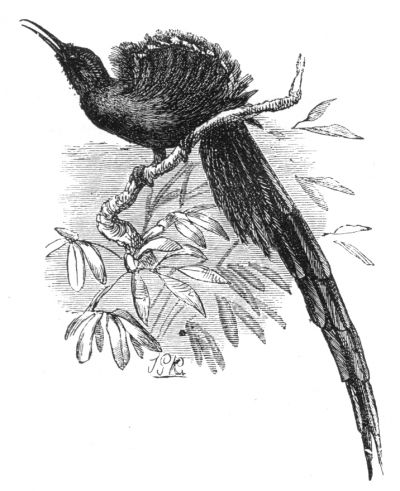
Scientists have revealed how populations of similar African bird species can influence each other's behaviour and appearance.
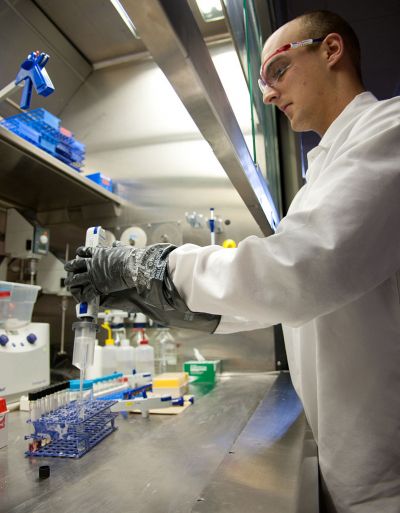
A recently completed research project has developed models to help estimate whether a substance will be toxic to a wide range of animals.
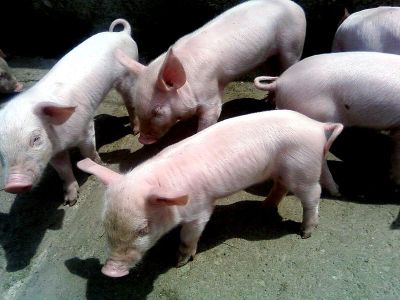
Understanding disease epidemiology is central for taking the appropriate intervention measures. A predictive model could significantly aid this process by evaluating the impact of various strategies of pig welfare.
















